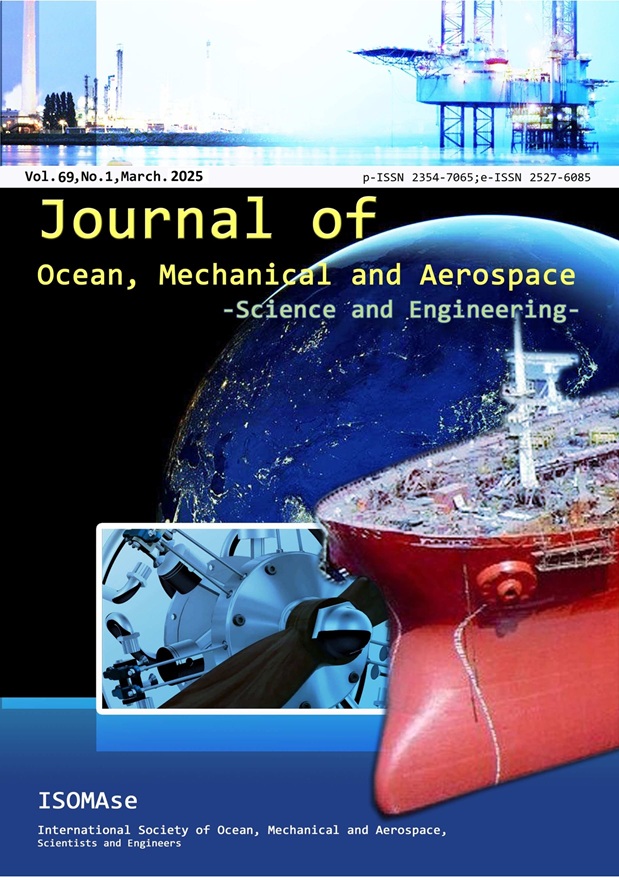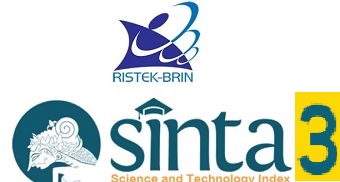Analysis of Wind Potential as a Form of New and Renewable Energy at Manna in Bengkulu
Abstract
The energy from fossil fuels is declining due to modern society's high energy demands. This study investigates the potential of renewable energy, focusing on wind energy as a sustainable solution. It analyzes the Weibull and Rayleigh distributions to assess wind speed suitability in Bengkulu. The average wind speed at Manna Beach is 2.5 m/s, with a minimum of 0.01 m/s and a maximum of 10.01 m/s. Data validation tests were conducted at a height of 10 meters using Chi-Square and Kolmogorov-Smirnov methods. The chi-square test results indicated the values of 0.11 for Weibull and 0.42 for Rayleigh. The Kolmogorov-Smirnov test yielded value of 0.82 for Weibull and 0.84 for Rayleigh. Therefore, the suggesting Weibull was more suitable. Furthermore, using the Aventa AV-7 wind turbine, an annual output of 11,096.29 kWh can supply 30% of the electricity demand, which requiring 199 turbines. Ultimately, 40 turbines effectively contribute 6% or 440,621.94 kWh of total demand.















